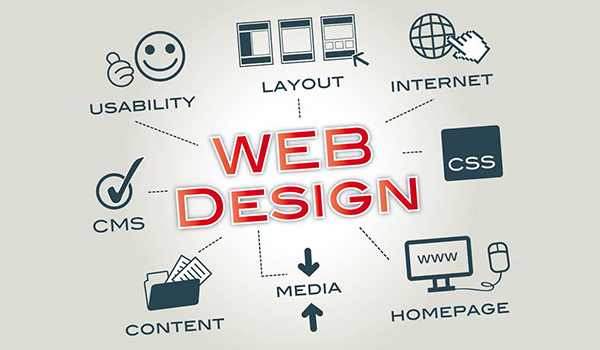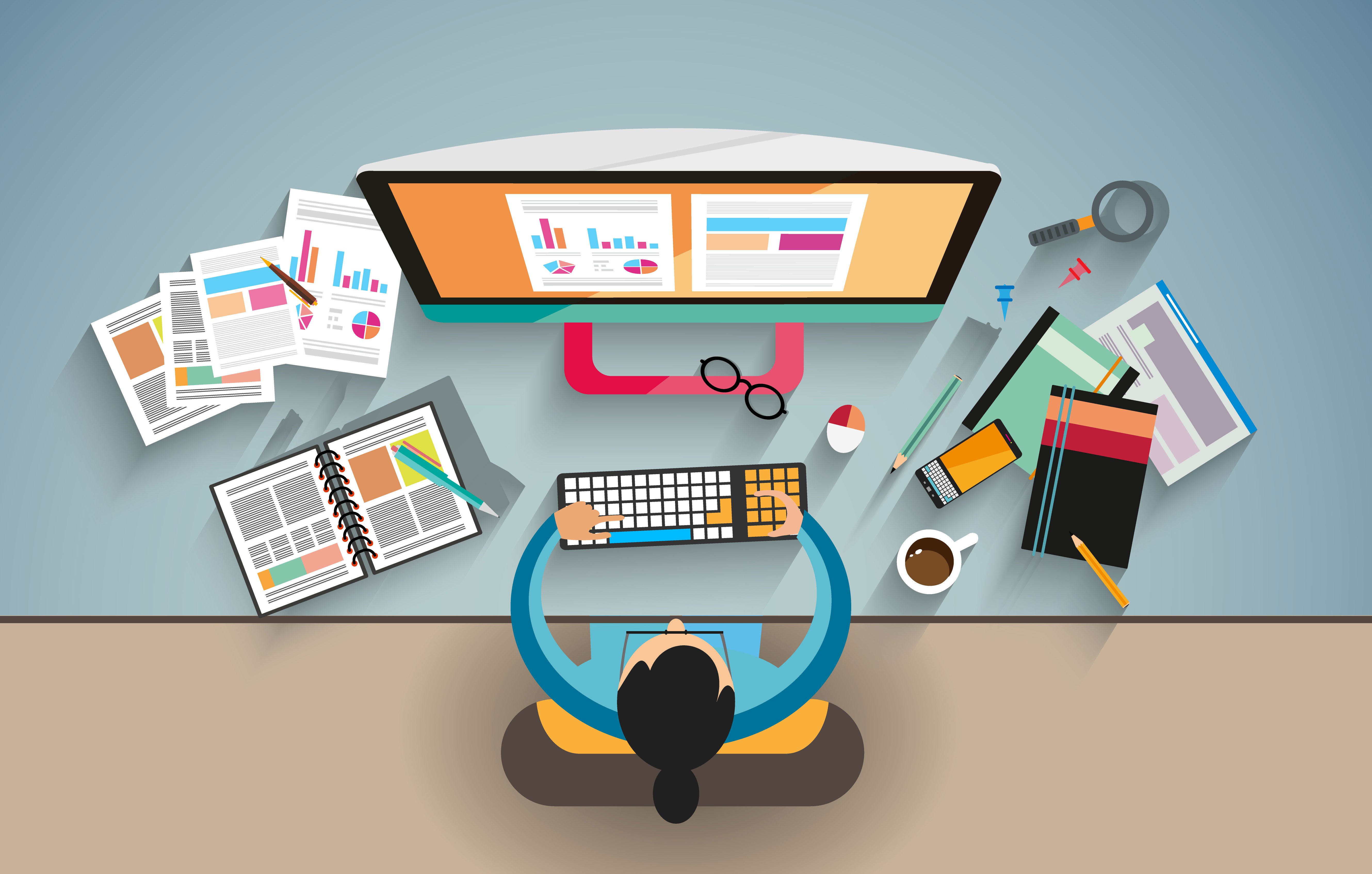Expert Aligned Position Web Design: Elevate Your Digital Presence with Our Professional Services
Expert Aligned Position Web Design: Elevate Your Digital Presence with Our Professional Services
Blog Article
The Very Best Types of Web Style to Enhance Individual Experience and Involvement
In the ever-evolving landscape of electronic communication, the efficiency of Web style dramatically influences user experience and engagement. Various layout methods, such as minimalist, responsive, and interactive layouts, each offer distinct advantages that can cater to diverse user demands.
Minimal Web Style
As digital landscapes end up being progressively cluttered, minimalist website design has arised as an effective strategy to boosting individual experience. This style approach prioritizes simplicity, concentrating on essential elements while getting rid of unnecessary distractions. By making use of enough white room, simple navigating, and a minimal color palette, minimal style promotes clearness and directs user focus to essential content.
The core concept of minimalist website design is to develop a smooth interaction for customers. By reducing cognitive lots, individuals can swiftly understand details without feeling bewildered. This direct strategy not just improves use however also urges interaction, as site visitors are a lot more likely to explore a website that is aesthetically attractive and easy to navigate.
Additionally, minimalist style usually emphasizes typography and images, utilizing these aspects purposefully to convey messages efficiently. In essence, minimal Web style is not simply a fad; it is a thoughtful methodology that recognizes the value of user-centered design.
Responsive Website Design
In today's varied electronic setting, receptive Web design has become vital for producing a smooth user experience across a wide range of gadgets. As individuals gain access to websites on mobile phones, desktops, tablets, and laptops, the capacity of a web site to adjust its design and material to different screen dimensions and resolutions is important.
Responsive Web design utilizes flexible grids, photos, and CSS media inquiries to make certain that Web content exists ideally, regardless of the device made use of. This strategy not just boosts the visual charm of a web site however also considerably enhances usability. Customers are most likely to involve with a website that supplies a regular experience, as it gets rid of the disappointment of having to zoom in or scroll exceedingly.
In addition, search engines, consisting of Google, prioritize mobile-friendly websites in search rankings. By adopting responsive layout, organizations can enhance their visibility and get to a broader target market. This approach additionally simplifies internet site upkeep, as a single version of the site can accommodate all gadgets, minimizing the requirement for numerous versions. In recap, responsive website design is an essential practice that enhances user experience, involvement, and general contentment.
Interactive Web Layout
Responsive Web layout prepares for enhancing individual experience, yet interactive website design takes this a step additionally by engaging individuals in an extra vibrant means - Aligned Position Web Design. By incorporating aspects such as computer animations, clickable prototypes, and real-time comments, interactive Web style astounds users, drawing them right into a richer surfing experience
This approach not only promotes interaction however also encourages users to check out why not find out more content actively instead of passively eating it. Techniques such as gamification, where users earn benefits for completing tasks, can dramatically enhance the time spent on a site and improve overall complete satisfaction. In addition, interactive attributes can streamline intricate details, making it extra delightful and absorbable.

Integrating interactive layout elements can likewise lead to higher conversion prices, as individuals are much more most likely to involve with a site that actively includes them. Aligned Position Web Design. Inevitably, interactive Web style changes customer experiences into unforgettable journeys, making sure that site visitors return time and again
Flat Style
Identified by its minimalistic approach, flat design emphasizes simplicity and functionality, removing away unneeded elements and concentrating on necessary attributes. This style ideology focuses on use, ensuring that users can browse user interfaces easily and performance. By utilizing a tidy aesthetic, flat design eliminates the clutter commonly located in a lot more elaborate styles, thus enhancing user concentrate on web content and performance.
The trademark of flat layout hinges on its use vibrant shades, straightforward typography, and geometric forms. These elements add to an aesthetically attractive interface that is both friendly and modern. Additionally, level layout promotes a sense of clarity, permitting users to discern essential activities and info without interruption.
Additionally, flat layout is especially reliable in receptive Web layout, as its simpleness converts well throughout various tools and screen dimensions. The absence of complex structures and gradients lessens packing times, which is crucial look what i found for keeping user engagement. As electronic landscapes continue to advance, flat layout stays a pertinent selection for producing user-friendly internet sites that enhance total experience. By focusing on necessary functions, flat style not just satisfies customer needs however likewise urges seamless communication, making it a vital element of reliable Web layout strategies.
Adaptive Web Design
Flexible website design personalizes the individual experience by producing numerous fixed layouts tailored to various screen sizes and gadgets. Unlike receptive style, which fluidly readjusts a solitary format, flexible layout uses distinctive formats for specific breakpoints, making sure ideal presentation on different platforms. This method allows designers to concentrate on the unique characteristics of each gadget, improving functionality by providing exactly what users need based on their context.
Among the main advantages of adaptive website design is its capacity to maximize load times and performance. By offering customized material and images that fit the user's tool, web sites can lessen data usage and boost loading rates. This is especially helpful for individuals with slower connections or restricted information plans.

Furthermore, adaptive layout assists in a much more constant and regulated branding experience. Considering that developers create several designs, they can make certain that the visual components align with the brand's identity throughout different platforms - Aligned Position Web Design. This leads to a natural customer experience, enhancing interaction and advertising customer retention
Conclusion
Minimal design fosters quality and focus, while receptive design makes certain flexibility across different devices, advertising access. Jointly, these style comes close to add to the development of easy to use blog here environments that not just boost contentment however likewise drive higher conversion prices, emphasizing their essential value in contemporary Web style methods.

Minimalist style promotes clearness and emphasis, while receptive design makes certain versatility across different gadgets, promoting availability. Jointly, these style approaches add to the production of straightforward settings that not just boost satisfaction but also drive higher conversion prices, emphasizing their critical significance in contemporary Web design strategies.
Report this page